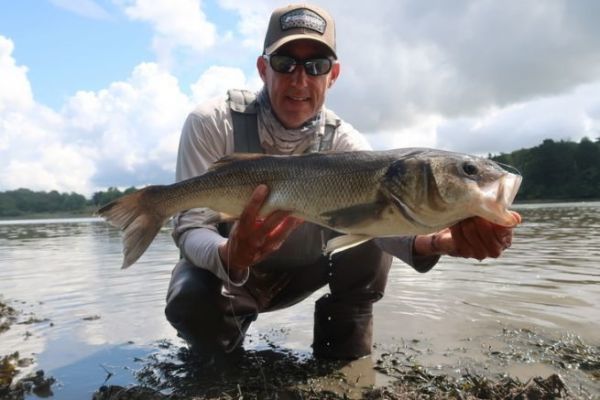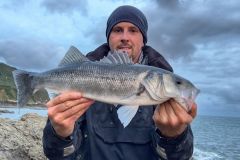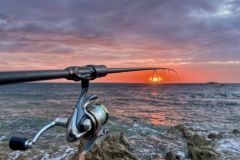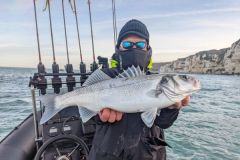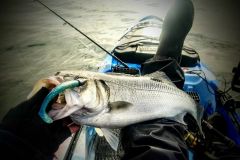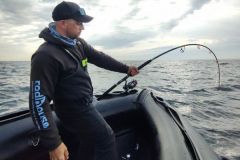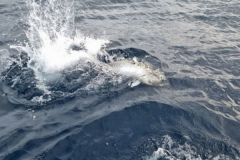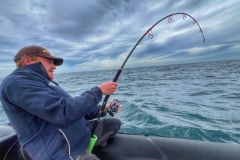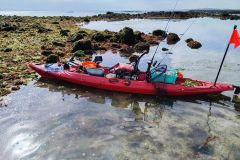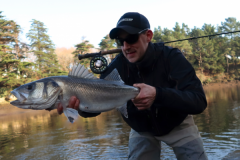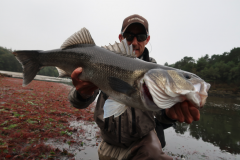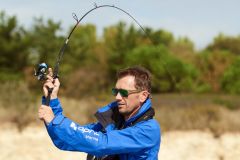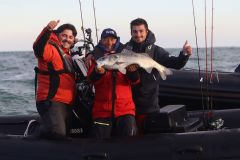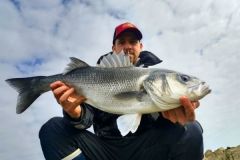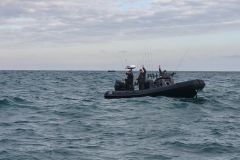Knowledge of fish and their environment
Sea bass fishing requires you to spend time at the water's edge to learn more about the behavior of this fascinating predator, but also about this particular salt and brackish water environment. It's quite a change from the freshwater environment most fly-fishermen come from!
The sea bass's behavior is therefore linked to the tides, which uncover and cover different areas of the estuary and coast twice a day. The movement of water is permanent. Sea bass are constantly on the move in search of food. They know exactly where to feed and when to pass through each of their hunting areas. It's up to us to find the right spots where we can intercept them and present them with our flies.
The tide is the most important factor in finding feeding bass. However, many other factors come into play, such as seasonality, weather and therefore air and water temperature, freshwater supply (from the river), wind direction and strength, the moon, atmospheric pressure, etc...
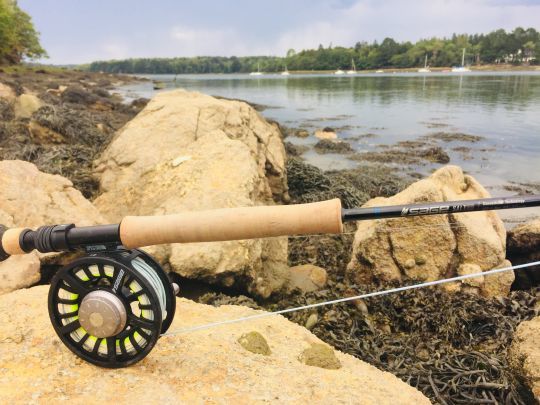
Sea bass fly fishing
Sea bass can be sought either by prospecting with flies that imitate small streamer fish, or by sight fishing with green chub and shrimp imitations. Occasionally, it can also be fished on the surface with poppers and gurglers when they are active and hunting in the skin of the water!
Streamer fishing on the coast, but also in estuaries
Bass fishing with streamers is by far the most popular technique. It consists of scanning fishing spots where sea bass may pass by, presenting them with imitations of small fish (sprats, sandeels, sardines, mackerel, etc.). Whether from a boat or from the shore. So, once again, it's vital to know the tide times in order to fish each corner at the right time, as sea bass have their own habits!
Floating lines are used when there is little water, above structures such as oyster beds, or when fishing on the surface. But the most commonly used line for water fishing is an intermediate line that descends several dozen centimetres below the surface. It's often transparent, so it's discreet, and allows you to bring your streamer in fairly quickly, even in the current.
In both cases, the bite is often straightforward and sometimes violent. You need to let the fish take hold, then raise the rod firmly. There's no need to strike as hard and as fast as you would with trout, as sea bass often engulf their prey.
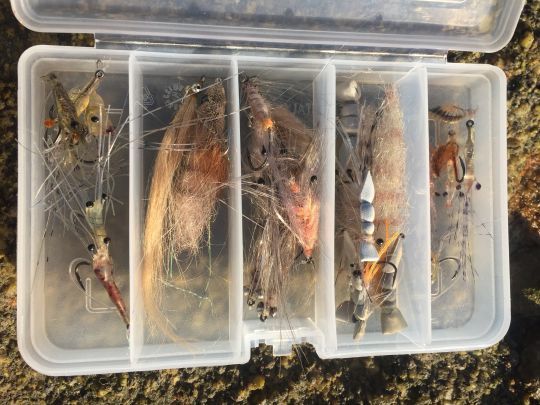
Sight fishing for sea bass
Sea bass can be sight-fished in many types of environment, but it is mainly in estuaries that this technique is best suited. In this case, it's vital to know when the bass are going to pass by, as you're looking for them visually to present them with a small green crab, shrimp, small fish or other prey.
It's more like stalking than hunting, as casts are only made when you see a bass or several bass. Very different from streamer fishing.
The adrenaline rushes are frequent and make fishing addictive!
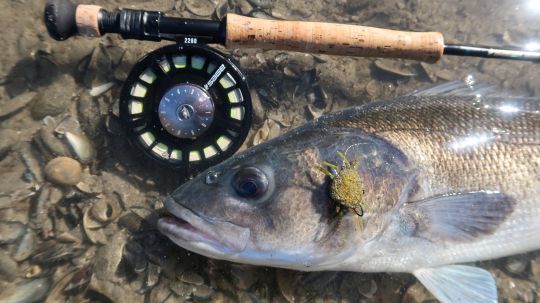
Sea bass fly fishing video
This video introduces you to these two fishing techniques, and gives you plenty of information on the equipment, flies and skills you need to develop to catch your first bass or even bigger bass on a fly!
Enjoy and see you soon!

 /
/ 